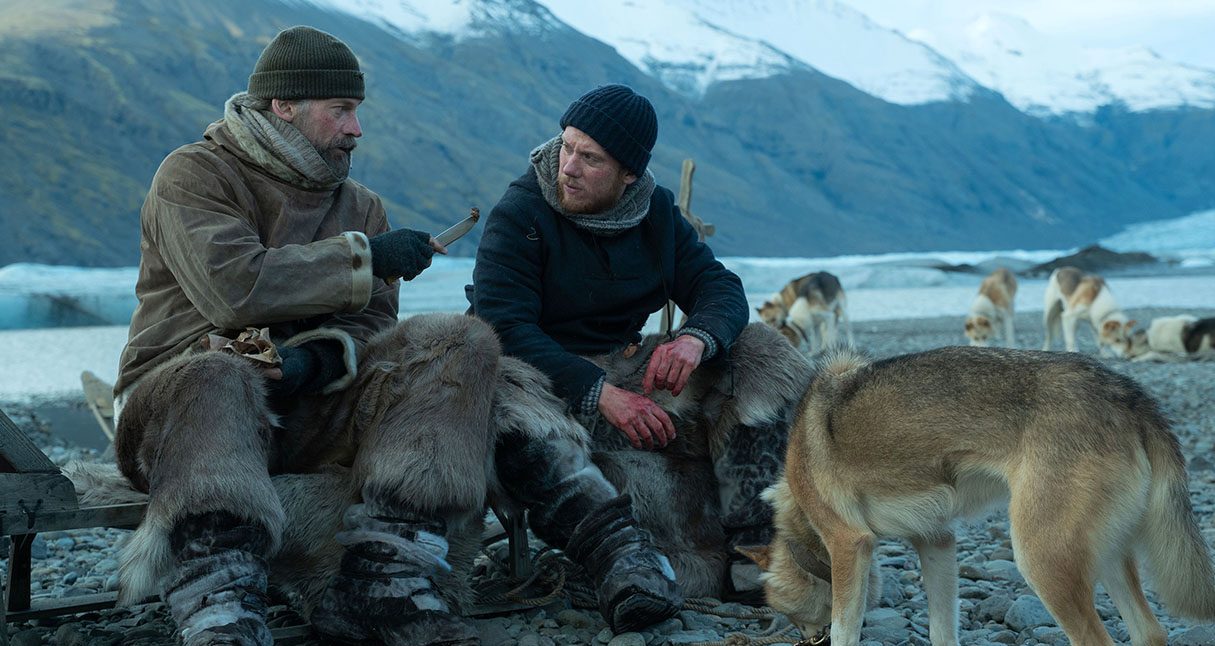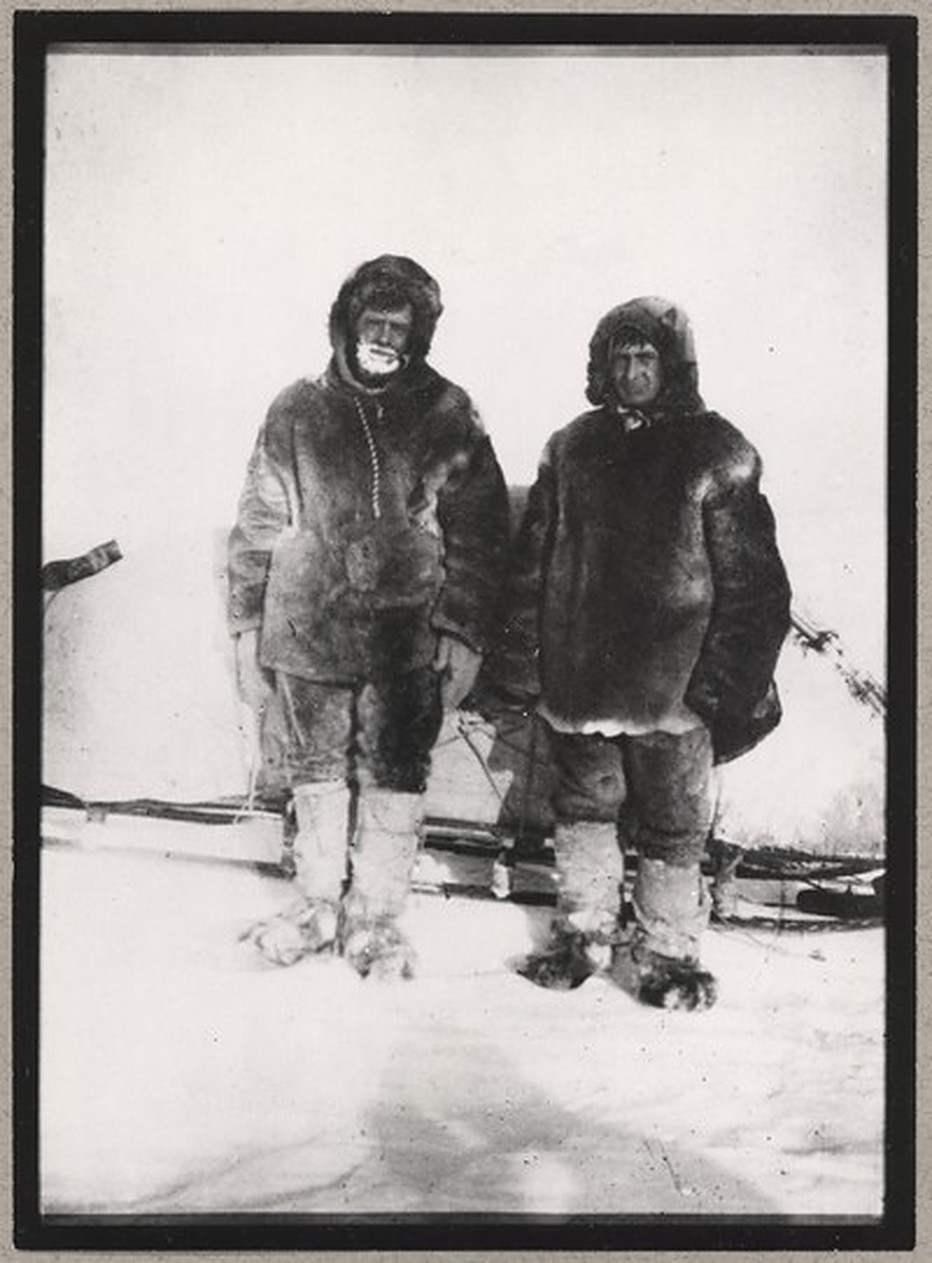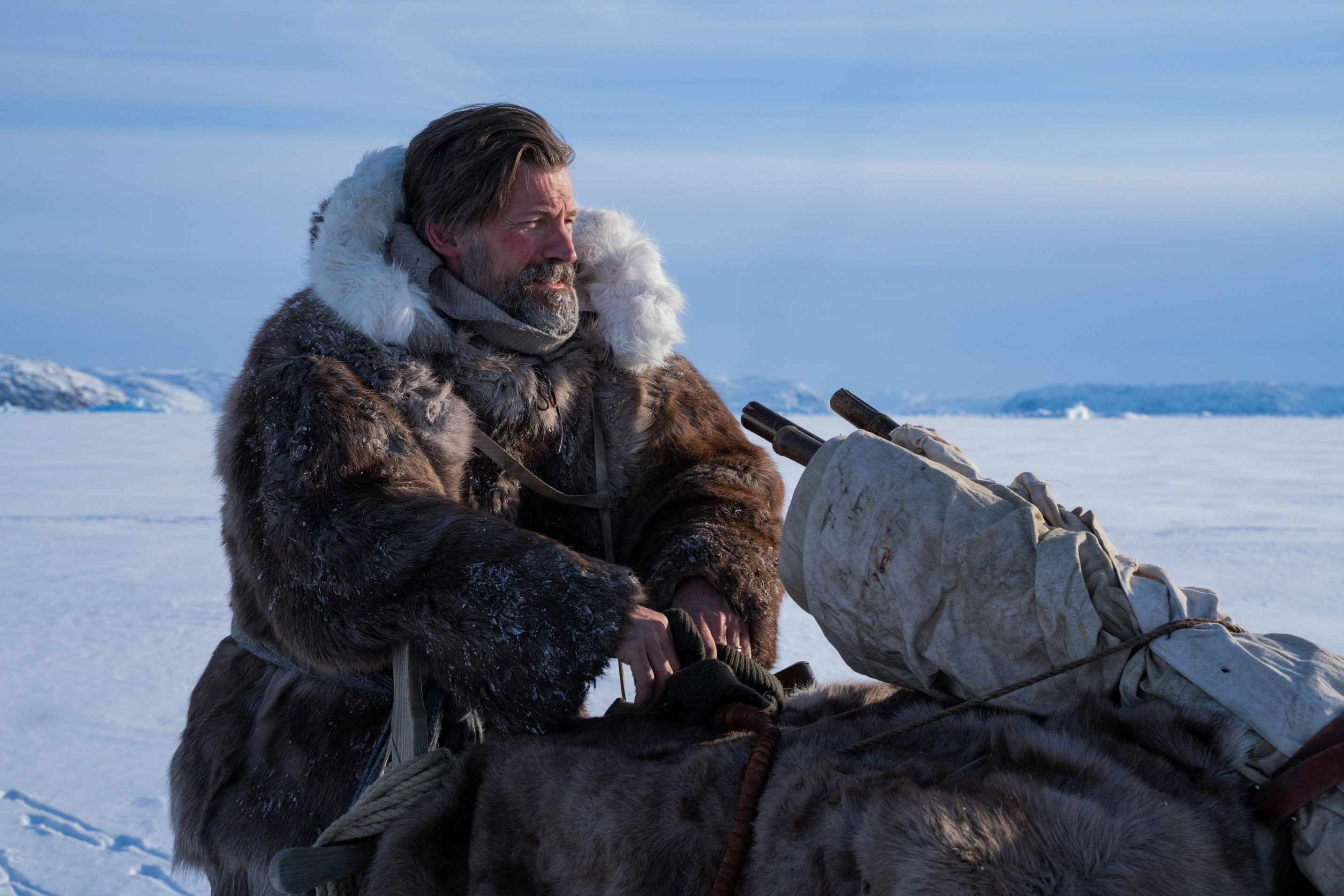Directed by Peter Flinth, ‘Against the Ice’ is a historical survival drama movie. Set in 1909, it follows Danish explorer Captain Ejnar Mikkelsen, who sets out on an expedition to find proof that nullifies America’s claim on north-eastern Greenland. He is accompanied by Iver Iversen, his ship’s rookie mechanic, and the two men leave their crew behind into the unknown icy territories. Along the way, they face several traumatic challenges and fight to survive the adversities as well as their own faltering belief.
A gripping story of man’s indomitable spirit to achieve his goals and pull through the toughest of situations, ‘Against the Ice’ engages the viewers with its riveting narrative and hair-raising moments. They are made even more impactful by the realistic performances of the cast members, making the viewers wonder if the movie is inspired by true events. In case you’re curious to find out as well, you’ve found an ally in us. Let’s find out together!
Is Against the Ice a True Story?
Yes, ‘Against the Ice’ is based on a true story. It is adapted from ‘Two Against the Ice,’ the memoir of researcher Ejnar Mikkelsen, who led a Danish rescue mission to Greenland, called the Alabama Expedition, from 1909-12. The expedition was named after the eponymous ship and partly aimed to find the missing members of the famed Danish Expedition to Greenland, led by Ludvig Mylius-Erichsen.

After Erichsen and his two companions were presumed dead, Ejnar attempted to find the bodies with his crew members. On June 20, 1909, Ejnar departed with his crew from Copenhagen, along with 50 Greenlandic dogs, towards the Danmarks-Fjorden. On their stop at Iceland in July 1909, their engineer fell ill and was replaced by machinist Iven P. Iversen.
Upon arriving at Shannon Island in Greenland, the ship moored at the Port of Alabama, 170 km from Danmarkshavn, where the Danish Expedition members had been stationed in the winter. In the autumn of 1909, the crew embarked on a 900 km sleigh ride with 21 dogs and found Brønlund’s body. Unable to find the other two men, they returned to the Alabama after 84 days. The terrain was an exceptionally difficult one, and 14 of the dogs succumbed.
On March 3, 1909, Ejnar, Iver, and three men commanded by First Lieutenant Laub began the 1900km long main expedition, one of the toughest in history. Along the way, Laub and his three men got separated near the ice sheet through Storstrømmen and returned to the ship, only to find that it had sunk around March 13, 1909. Thus, they built a temporary residence from the ship’s remnants and began waiting for a vessel to rescue them. On June 27, 1909, a nearby ship arrived and agreed to take them aboard. After waiting a while for Ejnar and Iver, they left for Aalesund, Norway, on August 7, 1909.

Meanwhile, Ejnar and Iver, accompanied by 15 dogs charted the way across the ice sheet and reached a lake at the bottom of the Danmarks-Fjorden. Soon, they found Eriksen’s report, dated September 12, 1907, which detailed his experiences. Further ahead, they found footprints and remains of tents, and finally, Eriksen’s crucial report which proved that the Peary Canal is non-existent. This document was key in establishing that Greenland is under Denmark’s territory, and not a part of America, as the country claimed. It further pointed out that Eriksen and his two men had reached Lambert’s Land on their way back, where they perished.
After having this breakthrough discovery, Ejnar and Iver commenced their journey back home but met extreme challenges like illness, lack of provisions, and rough terrain. Moreover, they had to slaughter their remaining dog and drag the sled manually, as they traveled on foot. They further had to leave behind their diaries and possessions due to the weight being unsuitable for the icy terrain and were unable to get them back. On November 25, 1909, they reached the Alabama, only to find that it had sunk and that their crew had left.
However, Ejnar and Iver found some respite in the temporary shelter and supplies left behind by them. After spending the harsh winter in the shelter, they embarked on another journey on April 24, 1911. They came back on June 6, 1911, and in the November of the same year, they moved to another depot on Bass Rock. After spending another cruel winter there, they were finally rescued by the Norwegian steamer Sjøblomsten on July 19, 1912. Upon returning home, the world commended Ejnar and Iver’s perseverance and heroic courage that helped them survive through three years in Greenland.

Moreover, the men’s contribution to Denmark’s reclamation of Greenland is etched forever in the pages of history. Nikolaj Coster-Waldau, who essays Ejnar in ‘Against the Ice,’ and has co-written the screenplay, stated in an interview that he was deeply touched by the book ‘Two Against the Ice’ when he first read it. “I was blown away by the book. We’ve seen survival stories before but there was something about the way he wrote, Mikkelsen, and the love he had for Iversen really came through in the book,” Nikolaj shared.
This led the actor and his co-writer, Joe Derrick, to weave magic on screen with the movie. Thus, ‘Against the Ice’ is an ode to Ejnar and Iver’s hard work, and gives a detailed insight into their journey and challenges in Greenland. In addition, it also delves deep into their psyches and realistically explores their probable mental conditions in those difficult times.
Read More: Is Alabama Cottage Real? Where is it Located? Does it Still Exist?


You must be logged in to post a comment.